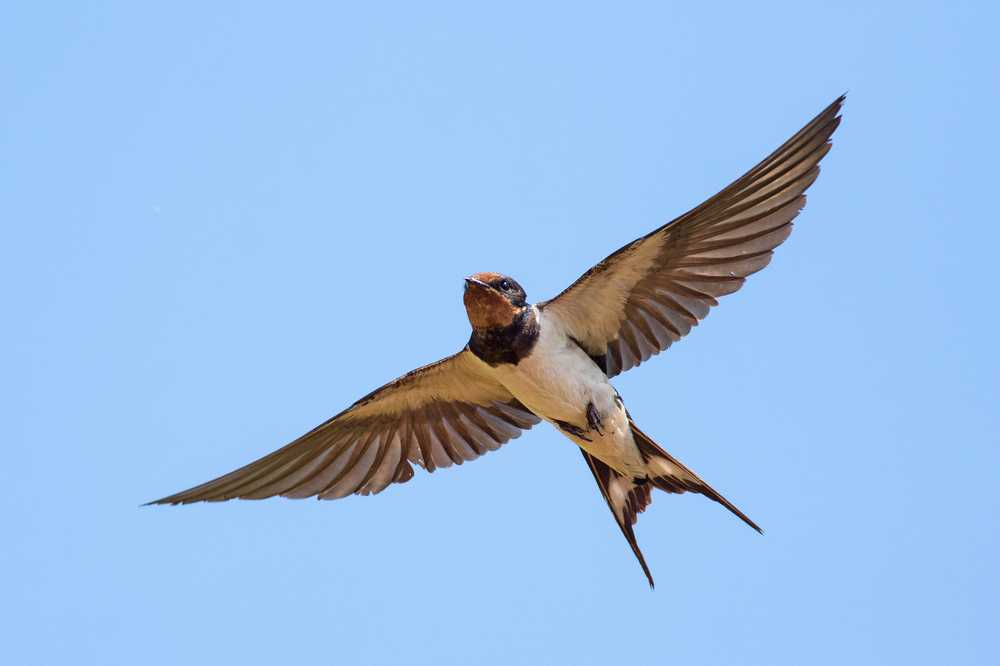An ‘ecosystem approach’
_636882394918706122.jpg)
Hunters have restored hundreds of wetlands in North America with help from © Ducks Unlimited
An ecosystem approach accepts that change in ecosystems and their species is inevitable due to natural processes, which may be fast or slow. For example, shallow lakes fill with sediment from mountains. Humans change ecosystems deliberately, for example from forest to farmland, and unwittingly when intensively farmed land erodes to desert or degrades to heathland. Some human impacts inadvertently accelerate natural changes, such as through climate change. Human impacts on ecosystems can sometimes be reduced relatively easily, if those who use products of these ecosystems take action. Thus, anglers promote fish-ladders at dams and duck-hunters restore wetlands. Damage to nature can be rectified quickly if central knowledge helps to develop local skills and there are enough funds to leverage efforts of local communities, guided by communities of interest.
Adaptation of wild species to change

Barn Swallow breeding is moving north © Gallinago_media/Shutterstock
The speed of change of ecosystems is shown by their component species. Outside the tropics, flowers bloom and insects emerge earlier each year due to rising temperature. In the tropics, change of rainfall affects vegetation. Both these trends may be seen in the timing and settling of migratory birds, with some moving steadily northward for breeding. Less mobile species sometimes adapt well, but often cannot disperse fast into new areas, especially if confined by coasts or on isolated mountains. Each organism eats and is eaten, so local extinction of one species affects others in that ecosystem too. Everyone needs to become aware of the most obvious changes occurring in their planet, and what it may mean for them and their families. Is your local school or workplace a center for such records?
Adaptation by humans
_1308086086-_636875732278143203.jpg)
Sweet Cows adapted to forest in Columbia © April DeBord/Shutterstock
Even city-dwellers depend on ecosystems for food, water and air, so change affects all of us. Arable farmers need weather to be reasonably predictable to grow food crops each year. There is a little more flexibility in terms of how grass for livestock grows, on wet meadows or dry hillsides, with scope for storage to offset temporary poor growth. However, long absence of rain is a problem for both crops and livestock, and for keeping forests free of fire during many years of growth for timber. Fortunately, forestry can help retain soil moisture, as well as lock up carbon, and humans eating less farmed meat will reduce emissions of greenhouse gas from livestock. However, eating meat may be the most sustainable use of soils and terrains which are unsuitable for growing crops. Harvesting wild species can also be more economic than livestock on such land, as found in African areas where the cost of disease prevention in livestock is high, with similar potential in ‘rewilded’ areas elsewhere. The richer nature on such land may increase resilience of livelihoods as climate changes. It is especially important to preserve traditional knowledge for managing such areas, which has often been lost because land has been modified to best suit agricultural machinery.